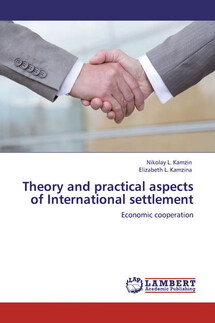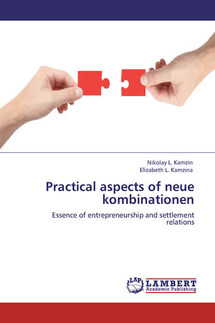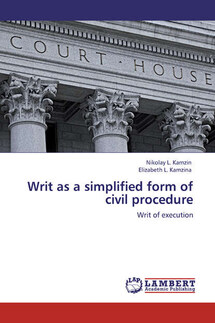The implementation of the economic cycle: freedom, trust, duty - страница 21
Historically, the following features of the main forms of international payments:
– Importers and exporters, as well as their banks to enter into definite relations associated with the payment of title and documents.
– International operations are regulated by legislation and banking regulations.
– International operations – the object of unification and universalization of banking operations. In 1930 and 1931 accepted international promissory notes and checks Convention (Geneva), aimed at harmonizing the bill and voucher laws. The Commission on International Trade Law United Nations (UNCITRAL) continues to unify the Bills of Exchange Act. International Chamber of Commerce, established in Paris in the early XX century, Develops Uniform Customs and Practice for Documentary Credits, the collection and contract guarantees. For example, the first rules were developed for collection in 1936, and then revised in 1967 and 1968. Adheres to these rules, the majority of banks in the world.
– International operations are usually documentary in nature, which is exercised against the financial and commercial documents.
The financial instruments include promissory notes (promissory and transfer), checks, payment receipts.
Commercial documents include invoices, shipping documents evidencing shipment or dispatch (bills of lading, receipts, etc.), insurance documents insurance companies, other documents (certificates, bills, etc.).
The bank verifies the content and completeness of these documents.
Chapter 2
Organization of payments and the order of execution of mutual financial obligations in international economic cooperation
1. International operations as part of the international monetary and financial relations
1.1. The evolution of the global monetary system as a factor development of the international monetary and financial relations
International monetary system-enshrined in international agreements, a form of organization of monetary and financial relations, which operate independently or serving the international movement of goods and factors of production[45].
Monetary and financial system is a necessary step to promote international trade in goods, financial instruments and the movement of factors of production. It consists of two elements. Currency components of the system is the national currency, the terms of their mutual convertibility and circulation, exchange rate parity, exchange rates and national and international mechanisms of its regulation.
Financial elements of the system are the international financial markets and trading mechanisms to specific financial instruments – currency, securities, and loans.
Independent element of the international financial system is the international settlements, serving as the movement of goods and factors of production and financial instruments.
International financing mechanisms are key elements of macroeconomic adjustment, which is carried out in the country's open economy.
Currency is divided according to its membership to:









